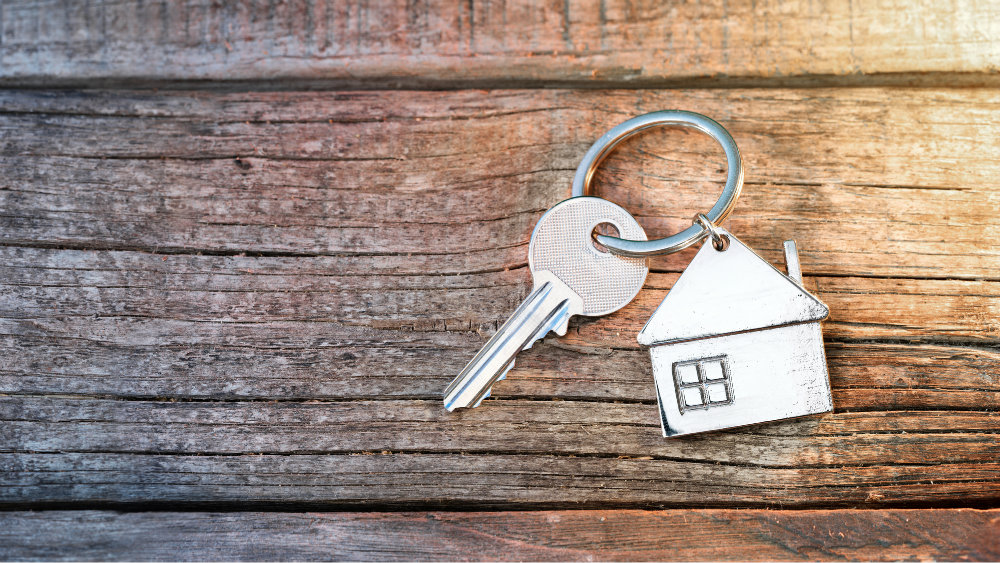The First Home Savings Account (FHSA) is a savings vehicle that lets you save money to buy a house tax free. On a dollar-for-dollar basis, it has the greatest tax-sheltering power of any registered account in Canada. Like a Registered Retirement Savings Plan (RRSP), it gives you a tax-break on contribution. Like a Tax-Free Savings Account (TFSA), it allows you to withdraw tax free. The only downsides of it are that the annual contribution limit is fixed at $8,000 and you can only use it to save for a house. If you change your mind about buying your first home and decide you would prefer to rent for life, you’re out of luck.
Basically, if you’ve never owned a home before and plan on buying one soon, the FHSA is win-win. It provides more tax savings than any other registered account ever devised in Canada, and it can help you save for a home. However, just opening an FHSA isn’t the whole story. Once you have an account open, you need to decide what to invest it in.
In this article, I will explore how you can open a FHSA and then decide what to invest your savings in.
Step #1: Talk to your bank
The first step in getting a FHSA is to talk to your bank. If you go to your bank and ask about a FHSA, they’ll ask you to schedule an appointment. They might recommend that you invest your FHSA money into Guaranteed Investment Certificates (GICs), which is actually a pretty good idea, as they are relatively safe investments. However, there are other things you can invest your FHSA money in that can do well, too. Regardless, the first step in opening an FHSA is to head to your local bank branch and get an account opened.
Step #2: Deposit up to $8,000 per year
The second step in using an FHSA to fund your home purchase is to deposit money into it. Currently, the rules state that you can deposit up to $8,000 into it per year. If you plan on buying a home this year, then you can put $8,000 into an FHSA in total. That might not seem like much, but do keep in mind the tax deduction: it can save you a fair bit of money.
Step #3: Choose your investments
Once you have your FHSA account open and funded, you need to decide what you’ll invest it in. As mentioned previously, GICs are great spots to put your savings in, as they are low risk.
If you’re considering stocks, you might want to consider the shares of stable, resilient companies like Canadian National Railway (TSX:CNR). Realistically, you will want a diversified portfolio of stocks, so you can minimize your risk, but a stock like CNR could certainly go a long way in helping you build such a portfolio.
Why do I mention CNR?
Put simply, it is among the best companies in Canada.
It has only one major competitor in Canada and only a handful in the U.S., which gives it considerable pricing power.
It’s the only North American railroad that touches on three coasts, which gives it an advantage in certain transportation routes.
Finally, its business is performing well this year. In its most recent quarter, CN Railway beat estimates on revenue and earnings, and delivered positive growth in both. Its profit margin was 30.6%! Clearly, this business is both profitable and growing. If you’re going to invest your FHSA in stocks, consider stocks like CN Railway.








